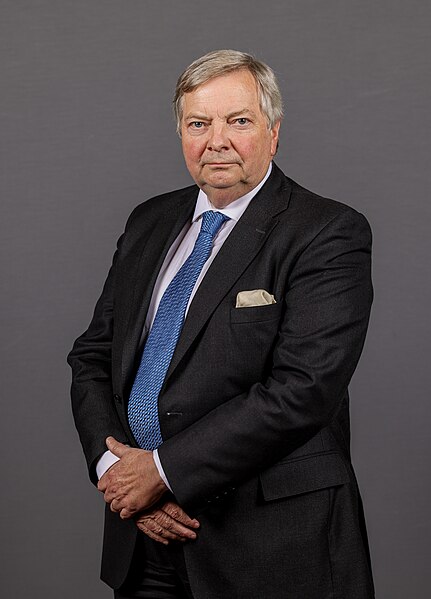The Lord Privy Seal is the fifth of the Great Officers of State in the United Kingdom, ranking beneath the Lord President of the Council and above the Lord Great Chamberlain. Originally, its holder was responsible for the monarch's personal (privy) seal until the use of such a seal became obsolete. Though one of the oldest offices in European governments, it has no particular function today because the use of a privy seal has been obsolete for centuries; it may be regarded as a traditional sinecure, but today, the holder of the office is invariably given a seat in the Cabinet of the United Kingdom, and is sometimes referred to as a minister without portfolio.
Lord Privy Seal
Image: Charles Spencer 3rd Earl of Sunderland
Image: 1st Duke of Kingston upon Hull
Image: Henry Grey, 1st Duke of Kent, by Charles Jervas
Great Officers of State (United Kingdom)
In the United Kingdom, the Great Officers of State are traditional ministers of the Crown who either inherit their positions or are appointed to exercise certain largely ceremonial functions or to operate as members of the government. Separate Great Officers exist for England and Wales, Scotland, and formerly for Ireland, though some exist for Great Britain and the United Kingdom as a whole.
The 7th Marquess of Cholmondeley in uniform as Lord Great Chamberlain of England to Queen Elizabeth II, 1992
The Viscount Hailsham, robed as the Lord High Chancellor of Great Britain. He was the Lord High Steward at the last trial of a peer in the House of Lords.
Penny Mordaunt, current Lord President of the Council and Leader of the House of Commons.
Lord True, current Lord Privy Seal and Leader of the House of Lords.








